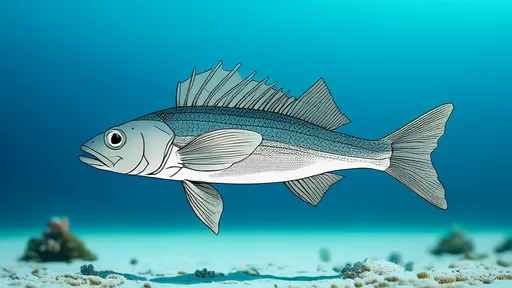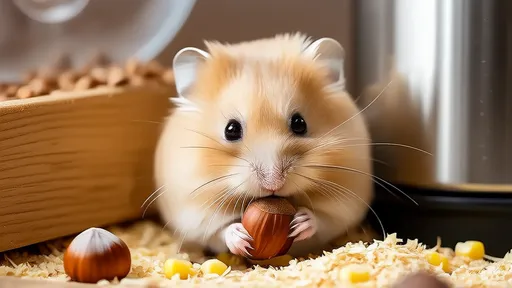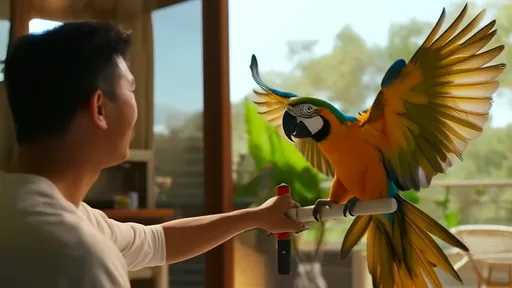When it comes to managing a dog’s weight, portion control is one of the most critical factors. Many pet owners struggle with determining the right amount of food to give their overweight dogs, especially during a weight-loss phase. Unlike humans, dogs can’t vocalize their hunger or dietary needs, making it the owner’s responsibility to ensure they’re fed appropriately. A well-structured diet plan, combined with a precise feeding formula, can help dogs shed excess pounds safely and effectively.
Understanding the Basics of Canine Weight Loss
Before diving into calculations, it’s essential to recognize why weight management matters for dogs. Obesity in pets can lead to severe health complications, including diabetes, joint problems, and cardiovascular diseases. A gradual and controlled reduction in calorie intake, rather than abrupt starvation, is the key to sustainable weight loss. The goal is to reduce body fat while maintaining muscle mass and overall health.
Veterinarians often recommend a 10-20% reduction in daily caloric intake for overweight dogs, depending on their current weight and target weight. However, this percentage isn’t arbitrary—it’s based on the dog’s resting energy requirements (RER) and daily energy needs (DER). These metrics help determine how much food the dog truly needs without overfeeding.
The Role of Resting Energy Requirement (RER)
RER represents the number of calories a dog needs at complete rest to maintain basic bodily functions like breathing and digestion. A common formula used to calculate RER is: (30 x body weight in kg) + 70. For example, a 10kg dog would have an RER of 370 calories per day. This number serves as the foundation for further adjustments based on activity level and weight-loss goals.
However, RER alone isn’t sufficient for determining the exact food portion. Since most dogs aren’t entirely sedentary, their daily energy expenditure is higher. This is where the Daily Energy Requirement (DER) comes into play. DER factors in the dog’s activity level, age, and health status to provide a more accurate estimate of caloric needs.
Adjusting for Weight Loss: The DER Multiplier
For weight loss, veterinarians typically apply a DER multiplier of 1.0 to the RER for obese dogs, meaning they should consume calories equal to their RER. For dogs that are only slightly overweight, a multiplier of 1.2 might be used to allow for a slower, more manageable weight loss. The exact multiplier depends on the dog’s condition and should be discussed with a vet.
Once the target daily calorie intake is determined, the next step is translating those calories into actual food portions. Dog food packaging usually provides calorie content per cup or gram, allowing owners to measure portions accurately. It’s crucial to stick to this measured amount and avoid free-feeding, as even small extra portions can hinder progress.
The Importance of Monitoring and Adjustments
Weight loss in dogs should be a gradual process, typically aiming for a 1-2% reduction in body weight per week. Regular weigh-ins—every two weeks—are necessary to track progress. If weight loss stalls, a slight further reduction in calories may be needed, but drastic cuts should be avoided to prevent nutritional deficiencies.
Additionally, the type of food matters just as much as the quantity. High-protein, low-carb diets can help maintain muscle mass while promoting fat loss. Some weight-management dog foods are specifically formulated to be lower in calories but higher in fiber, helping dogs feel fuller despite consuming fewer calories.
Common Mistakes to Avoid
One of the biggest mistakes pet owners make is underestimating treats and table scraps. These extras can add significant calories, derailing weight-loss efforts. Treats should account for no more than 10% of the dog’s daily caloric intake, and healthier alternatives like carrots or green beans can be used as low-calorie rewards.
Another pitfall is relying solely on exercise without dietary adjustments. While physical activity is important, it’s much easier for a dog to consume excess calories than to burn them off. A balanced approach combining controlled feeding and regular exercise yields the best results.
Final Thoughts on Sustainable Weight Loss
Helping a dog lose weight requires patience, consistency, and a well-structured plan. By using scientifically backed calculations like RER and DER, pet owners can tailor their dog’s diet for safe and effective weight loss. Regular vet check-ups ensure the plan remains appropriate as the dog’s weight changes. Remember, the ultimate goal isn’t just a smaller number on the scale—it’s a healthier, happier, and more active life for your furry companion.

By /Jul 24, 2025

By /Jul 24, 2025

By /Jul 24, 2025

By /Jul 24, 2025

By /Jul 24, 2025

By /Jul 24, 2025

By /Jul 24, 2025

By /Jul 24, 2025

By /Jul 24, 2025

By /Jul 24, 2025

By /Jul 24, 2025

By /Jul 24, 2025

By /Jul 24, 2025

By /Jul 24, 2025

By /Jul 24, 2025

By /Jul 24, 2025

By /Jul 24, 2025

By /Jul 24, 2025